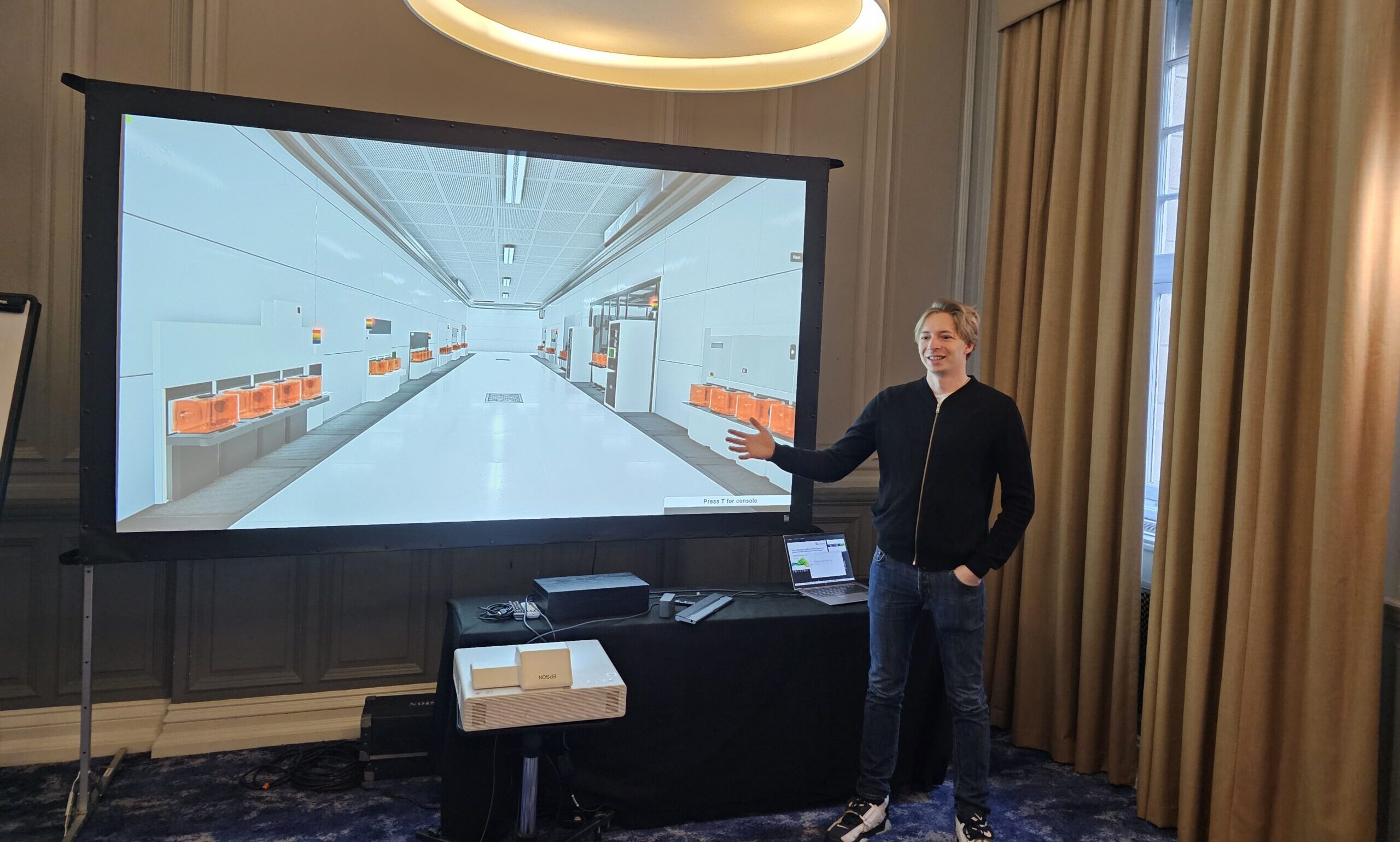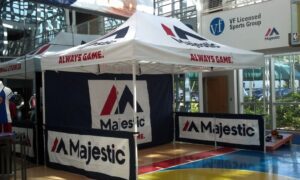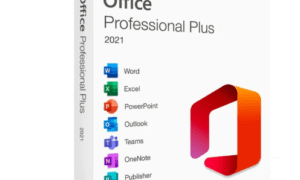German Cherstvov, a project manager at Semiwise, tells Business Matters about developing an innovative training game to prepare professionals in the field of semiconductor manufacturing. In this interview, German reveals how virtual technologies are transforming educational processes in a sector crucial to the global economy. The expert shares insights into the project’s implementation, approaches to team management, and collaboration with international partners, as well as offers professional advice to aspiring entrepreneurs in EdTech.
German, your project has attracted one of the largest grants in the EdTech sector, amounting to £500,000. Please tell us which key factors, in your opinion, contributed to the project’s success.
First and foremost, we address a highly relevant problem in the semiconductor industry. Market analysis shows that by 2030, the industry will need about one million new specialists. Our educational game provides an innovative solution for training these specialists, allowing them to gain practical experience in a safe virtual environment without halting real production lines.
I also notice that you’ve assembled a very strong team, and having the right team and managing it accounts for 50% of the success. Tell us about your approach: how do you motivate your team and distribute tasks?
My approach is based on creating a balanced work atmosphere. I believe it’s critically important to set realistic goals for each team member, as burnout is one of the main enemies of quality work. We hold regular team sessions where everyone can propose their own solutions. This not only satisfies the need for creativity but also diversifies our work. Moreover, the very nature of this project at the intersection of the semiconductor industry and gamification serves as a strong motivating factor for the team.
That approach truly does help maintain high motivation in a team, you’re right. In addition to having a strong team, you’ve enlisted the support of companies such as NMI, Pragmatic, Zeiss, Synopsys, and others. What particular aspects of working with international companies can you highlight?
Working with international partners requires a special approach to communication and process organization. In my role as project manager, a major part of the job involves preparing quarterly reports on our achievements. I regularly organize meetings with company representatives to discuss incorporating their equipment into our game. Such partnerships enable us to create the most realistic simulations of manufacturing processes.
Thanks for the answer! Could you share your overall assessment of the current state of the educational technology market? What should one pay particular attention to when launching new products?
The EdTech market is definitely on the rise right now. From our experience, a key success factor is creating an interactive learning experience that is as close to reality as possible. In our game, we use a 3D environment to give future workers a comprehensive understanding of factory work and teach them how to operate complex semiconductor manufacturing equipment. It’s also important to remember that technology should not just be flashy packaging—it needs to be an effective learning tool.
German, you’re an expert who successfully combines educational and technological expertise. What unique challenges have you faced at this intersection?
The main challenge is the need to combine in-depth technical knowledge with an understanding of educational processes. My degree in Computer Science from the University of Glasgow and my programming background help me grasp the technical side of the project from within. At the same time, I constantly have to think about how to make the learning process as effective as possible. For example, in developing our game, we use the principle of task diversification—giving the same modeling assignments to different specialists, then merging the best ideas to achieve an optimal result.
Thank you! It’s always intriguing to get a glimpse “behind the scenes.” In addition to solving day-to-day tasks, you work with many stakeholders throughout the development process. How do you manage to balance the sometimes conflicting interests of students and partners?
We’ve established a clear communication system at various levels. We hold daily meetings with developers to discuss current progress and any challenges. Weekly meetings with top management address broader issues. Then, once a quarter, we hold meetings with all partners to present achievements and plan the next stages of the project. This structure allows us to effectively reconcile all parties’ interests and maintain a balance between educational goals and industry requirements.
And one last question: what recommendations would you give to entrepreneurs just starting out in the field of educational technology?
The main thing is a deep understanding of your target audience’s needs and a clear vision of how your product will solve their problems. In our case, we started by analyzing the real needs of the semiconductor industry for qualified personnel. It’s also important to build strong partnerships with key market players and continuously gather user feedback. And, of course, you have to be ready for constant learning and adaptation, as technology evolves very quickly.



































